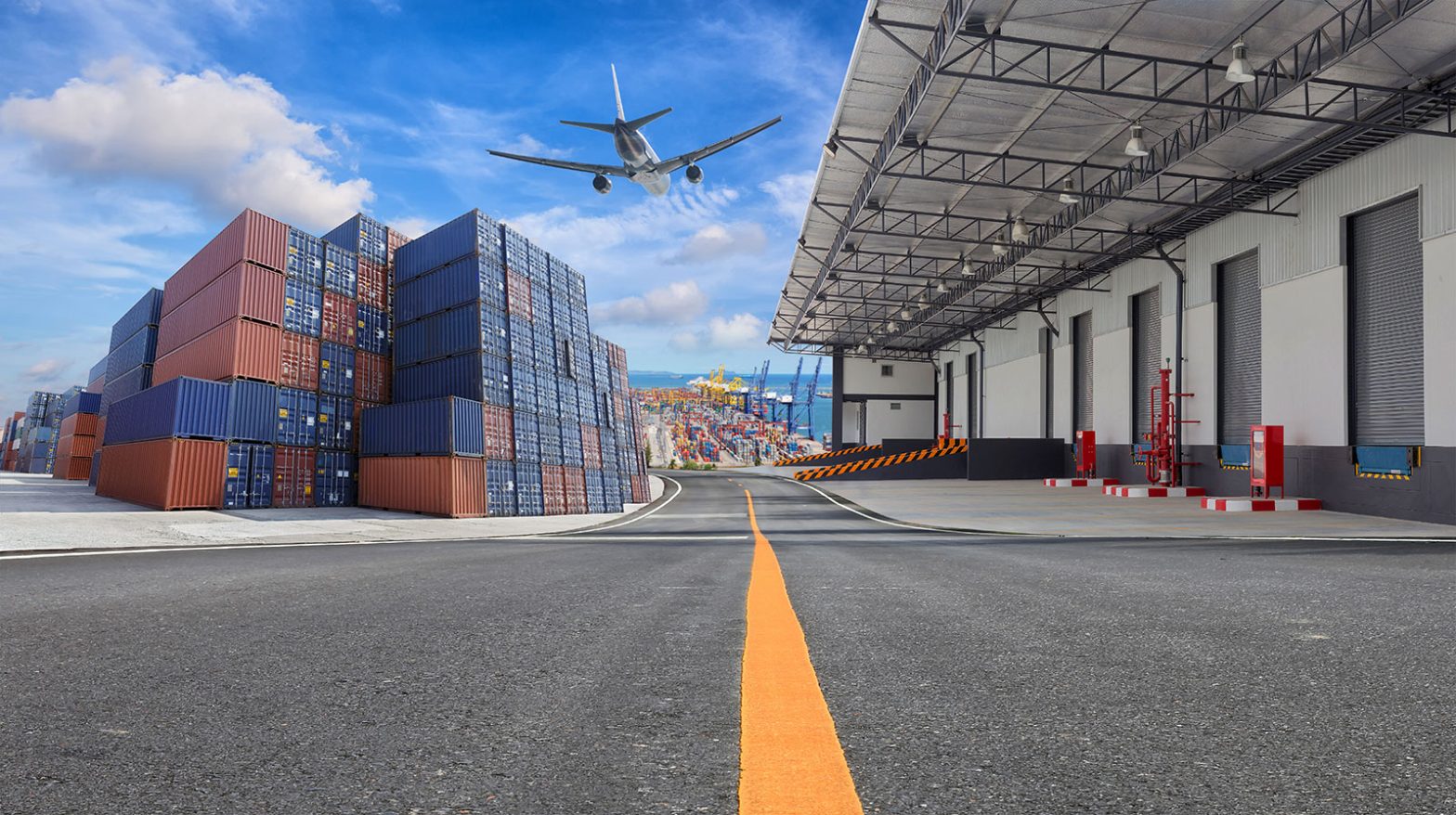
Modern CX Essentials That Differentiate Your Consumer Brand
Discover how your consumer-facing company can create a modern CX strategy based on evolving consumer expectations.
8 minute read
•Consumer Goods



Discover how your consumer-facing company can create a modern CX strategy based on evolving consumer expectations.
8 minute read
•Consumer Goods

Edge Computing is a part of distributed computing system wherein computation and data processing are housed closer to the physical location of where they are used. It essentially means that the cloud servers you need to access your data and perform your operations will now be closer to your company’s geographic location
6 minute read
•Consumer Goods

From a business perspective, cloud computing refers to the use and availability of computing resources, such as servers or data storage, networking, analytics, over the internet under a pay-as-you-use model. By working with a cloud solutions provider,
6 minute read
•Consumer Goods

Penetration testing is a systematic procedure where an ethical hacking group tries to hack your IT infrastructure in a simulated environment. Here’s why it’s an important part of cybersecurity. Cybercriminals can exploit multiple weaknesses to hack or damage your systems. New ones are emerging all the time. When you need an objective understanding of your system security, penetration testing helps you identify vulnerabilities and fix them at scale. Your organization’s security needs to be cutting-edge. Uvation’s experts understand the nuances of cybersecurity. We’re ready to help you launch your penetration testing program.
7 minute read
•Consumer Goods
We are writing frequenly. Don’t miss that.
Unregistered User
It seems you are not registered on this platform. Sign up in order to submit a comment.
Sign up now